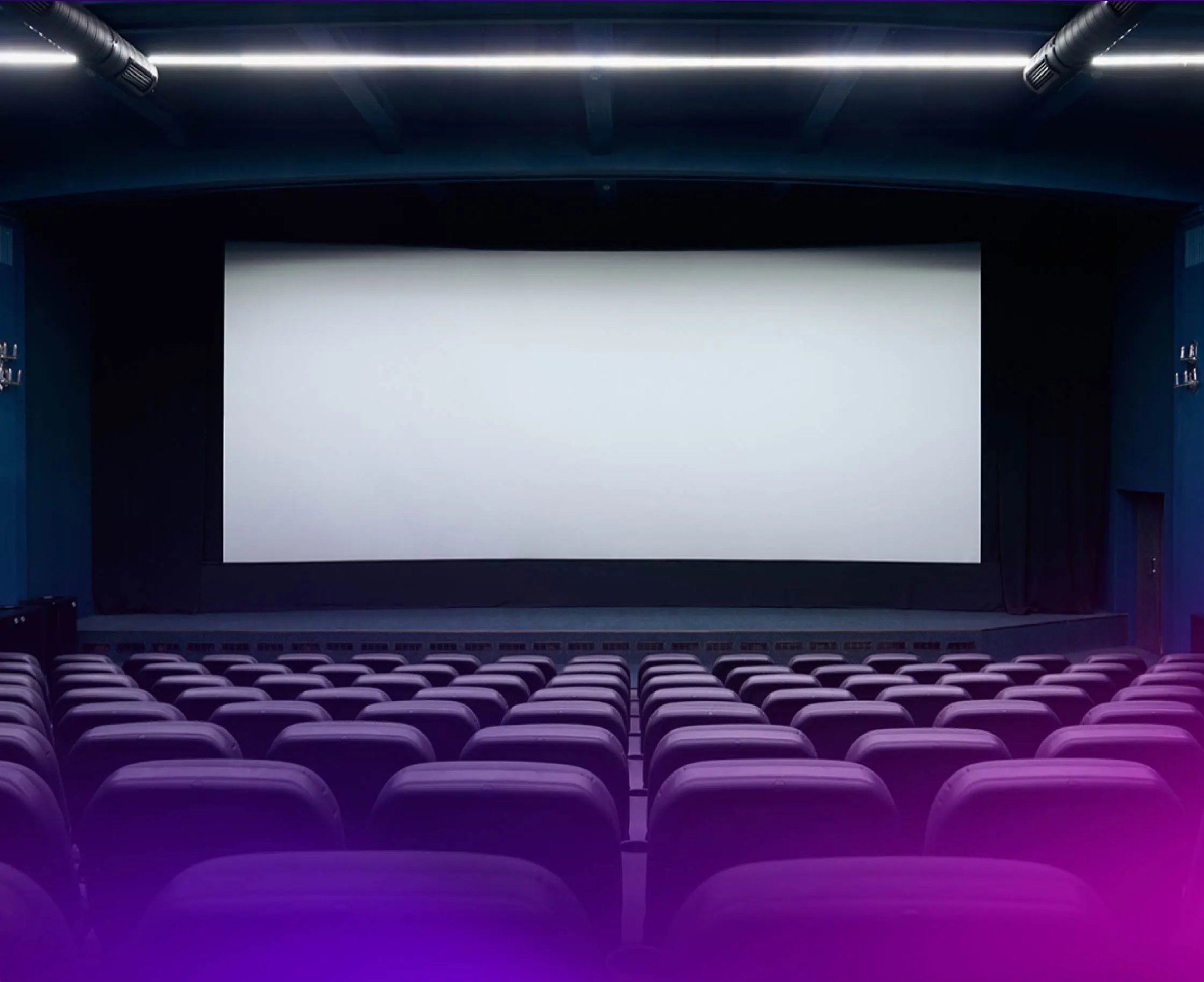Shadows Of The Silver Screen: Lost Nickelodeons

Have you ever wondered about the origins of movie theaters? Before multiplexes and IMAX screens, there were Nickelodeons. These small, simple theaters were the birthplace of cinema for many people in the early 20th century. For just a nickel, audiences could watch short films, newsreels, and even live performances. They were often found in converted storefronts, making them accessible to everyone. Though they have faded into history, their impact on the film industry remains significant. Let's take a closer look at these forgotten gems and how they shaped the way we enjoy movies today.
Shadows of the Silver Screen: Lost Nickelodeons
Nickelodeons, the first type of indoor exhibition space dedicated to showing projected motion pictures, were a cultural phenomenon in the early 20th century. These small, often makeshift theaters brought the magic of cinema to the masses. Many of these historic venues have since vanished, but their legacy lives on. Let's explore some of the most iconic lost Nickelodeons.
The Birthplace of Cinema Magic
The early 1900s saw the rise of Nickelodeons, transforming the entertainment landscape. These theaters were often located in urban areas, making cinema accessible to everyone. Here are some notable Nickelodeons that have faded into history.
The Electric Theatre, Los Angeles
- Opened in 1902, this was one of the first Nickelodeons in the United States. It offered a new form of entertainment, charging just five cents for admission. The Electric Theatre played a crucial role in popularizing cinema in America.
The Nickelodeon, Pittsburgh
- Established in 1905 by Harry Davis and John P. Harris, this theater is often credited with coining the term "Nickelodeon." It became immensely popular, drawing large crowds and setting the standard for future theaters.
The Bijou Theatre, Boston
- Known for its elegant design, the Bijou Theatre opened in 1906. It was one of the first theaters to offer continuous showings, allowing patrons to enter and leave at any time. This innovation helped shape the modern movie-going experience.
The Golden Age and Its Decline
As the popularity of Nickelodeons grew, so did the competition. Many theaters expanded, offering more comfortable seating and better picture quality. However, the rise of larger, more luxurious movie palaces in the 1920s led to the decline of these small venues.
The Dreamland Theatre, New York City
- Opened in 1907, Dreamland Theatre was a popular spot for New Yorkers seeking affordable entertainment. Despite its success, it couldn't compete with the grand movie palaces that emerged later.
The Wonderland Theatre, Chicago
- This Nickelodeon, which opened in 1908, was known for its diverse programming, including vaudeville acts and short films. Wonderland Theatre struggled to keep up with the changing industry and eventually closed its doors.
The Star Theatre, San Francisco
- The Star Theatre, established in 1909, was a beloved local venue. It offered a mix of silent films and live performances. The theater's charm couldn't save it from the inevitable decline of Nickelodeons.
Forgotten Gems of the Silent Era
Many Nickelodeons were small, family-run operations that have since been forgotten. These theaters played a vital role in shaping the early film industry, even if their names are no longer widely recognized.
The Gem Theatre, Philadelphia
- Opened in 1910, the Gem Theatre was a modest venue that catered to working-class audiences. It provided an escape from daily life, offering a glimpse into the world of cinema.
The Majestic Theatre, Detroit
- This Nickelodeon, which opened in 1911, was known for its ornate interior and friendly atmosphere. The Majestic Theatre was a community hub, bringing people together through the magic of film.
The Royal Theatre, Baltimore
- Established in 1912, the Royal Theatre was a popular destination for Baltimore residents. It showcased a variety of films, from comedies to dramas, making it a beloved local institution.
The Legacy of Nickelodeons
Though many Nickelodeons have been lost to time, their impact on the film industry is undeniable. These theaters democratized cinema, making it accessible to the masses and paving the way for the modern movie-going experience. Their legacy lives on in the grand theaters and multiplexes of today.
The Palace Theatre, Cleveland
- Opened in 1913, the Palace Theatre was one of the last Nickelodeons before the rise of movie palaces. It bridged the gap between the humble beginnings of cinema and the luxurious theaters that followed.
The Globe Theatre, Seattle
- This Nickelodeon, established in 1914, was known for its eclectic programming and community events. The Globe Theatre's influence can still be seen in Seattle's vibrant film culture.
The Empire Theatre, Atlanta
- Opened in 1915, the Empire Theatre was a testament to the enduring appeal of Nickelodeons. It continued to draw crowds even as larger theaters began to dominate the landscape.
The Legacy of Nickelodeons
Nickelodeons were more than just early movie theaters. They were the birthplace of the modern film industry. These small, often humble venues brought the magic of cinema to the masses, making movies accessible to everyone. They played a crucial role in shaping the entertainment landscape, paving the way for the grand theaters and multiplexes we know today.
Though they have vanished, their impact remains. The spirit of innovation and accessibility they embodied continues to influence how we experience movies. From streaming services to independent theaters, the legacy of nickelodeons lives on in every corner of the film world.
Next time you watch a movie, remember those early days. Think about the excitement and wonder that nickelodeons brought to audiences. Their story is a reminder of how far cinema has come and how it all started with just a nickel and a dream.

